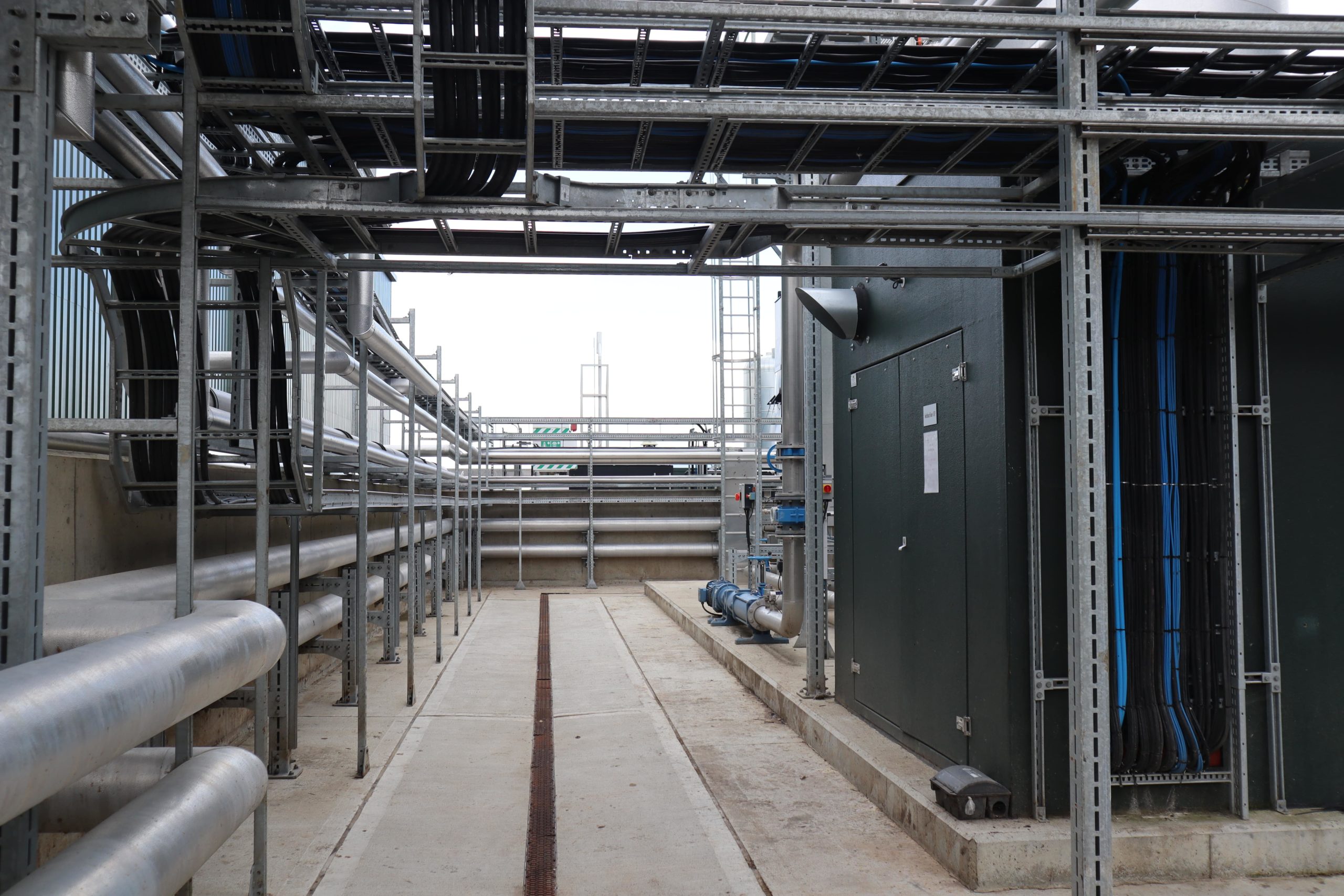Achieving environmental compliance involves ensuring that individuals, businesses, and organisations meet the established laws, regulations, and standards aimed at protecting the environment. The pathway to environmental compliance typically involves the following steps:
Phase 1
- Understand applicable regulations: The first step is to identify and understand the environmental regulations and laws that apply to the specific industry or activity. These could include air quality standards, water pollution regulations, waste management requirements, and more.
- Assessment and auditing: Conduct a thorough environmental assessment and audit of the operations and practices to identify potential compliance issues. This involves evaluating processes, emissions, waste generation, and other activities that may impact the environment.
- Develop an environmental management plan: Based on the audit findings, develop an environmental management plan that outlines the actions and strategies needed to achieve compliance e.g. ISO14001. This plan should include specific targets, timelines, responsibilities, and resources required for implementation.
- Training and awareness: Ensure that all employees, stakeholders, and relevant parties are aware of the environmental management plan and receive appropriate training on environmental responsibilities, best practices, and compliance requirements.
Phase 2
- Implementation of best practices: Adopt industry best practices and technologies to minimise environmental impacts. This could involve using energy-efficient equipment, waste reduction measures, pollution control technologies, and sustainable resource management.
- Monitoring and reporting: Implement a robust monitoring and reporting system to track environmental performance regularly. This involves collecting data on emissions, waste generation, resource consumption, and other relevant metrics.
- Corrective actions: If non-compliance issues are identified during monitoring, take immediate corrective actions to rectify the problems and prevent future occurrences.
- Engagement with authorities: Maintain open communication with environmental regulatory authorities to seek guidance, address concerns, and ensure compliance is met.
- Community engagement: Engage with local communities to understand their concerns and involve them in environmental initiatives when possible. Transparent communication can help build trust and cooperation.
Phase 3
- Continual improvement: Environmental compliance is an ongoing process. Continually review and improve the environmental management plan, practices, and technologies to stay ahead of regulatory changes and emerging environmental challenges.
- Internal and external audits: Regularly conduct internal audits to assess compliance status and identify areas for improvement. In addition, external audits by independent third parties may also be conducted to validate compliance efforts.
- Recognition and incentives: Celebrate achievements and recognise individuals or teams that contribute significantly to environmental compliance. Incentive programmes can encourage ongoing commitment to environmental stewardship.
Take Home Message
When it comes to environmental compliance, a one-size-fits-all approach doesn’t always work. Compliance pathways need to be tailored to match the unique circumstances of each organisation – their industry, location, and regulatory landscape. Making a commitment now, even if the initial actions are small, will put in place a foundation of compliance that mitigates risk. This can then be built upon year after year until compliance standards are second to none. With the right customised strategy and steadfast dedication, robust environmental compliance is within reach.
The key is committing to stay on top of compliance implementation in a gradual way. This prevents larger issues and costs down the road. It could mean slowly tailoring operations to meet ISO 14001 specifications through a phased approach, making the process less demanding initially. Those wanting to steadily work towards external accreditations like ISO 14001 can do so. Or those simply seeking to reach the ISO 14001 EMS to manage compliance can do so straightaway. Breaking implementation into smaller, manageable steps is advisable, but the focus should remain on the long-term goal of full compliance and management. A piecemeal approach now leads to smoother sailing later.
The WRM Advantage
- We are able to tailor this service to individual site requirements, e.g. a specific type of permit, particular environmental issue (odour, containment, bioaerosols) the company faces, even if these are small commitments to start with. These commitments can then be built upon year on year, improving compliance standards over a manageable period.
- We have subscriptions such as CEDREC which enables us to keep updated with legislation changes across the UK.
- We also maintain a wide range of trade memberships and engage in specialist sector activity to ensure we understand compliance regulations that are around the corner.
- Audit outcomes are clear and concise, with itemised steps and a suggested critical path to reach compliance.
- We have been trained specifically in specialist areas, such as FACTs, HACCP, NEBOSH H&S, H&S in the AD sector, PAS100 and PAS110.
- We can support you to remediate any issues and guide you towards improving compliance status, and provide templates that will facilitate the correction of any non-compliances and offer guidance on best practice.
- We also aim to take the legwork out of compliance for senior managers by supporting operational compliance – acting as an interface between management and operational activities by implementing and monitoring processes and procedures.
